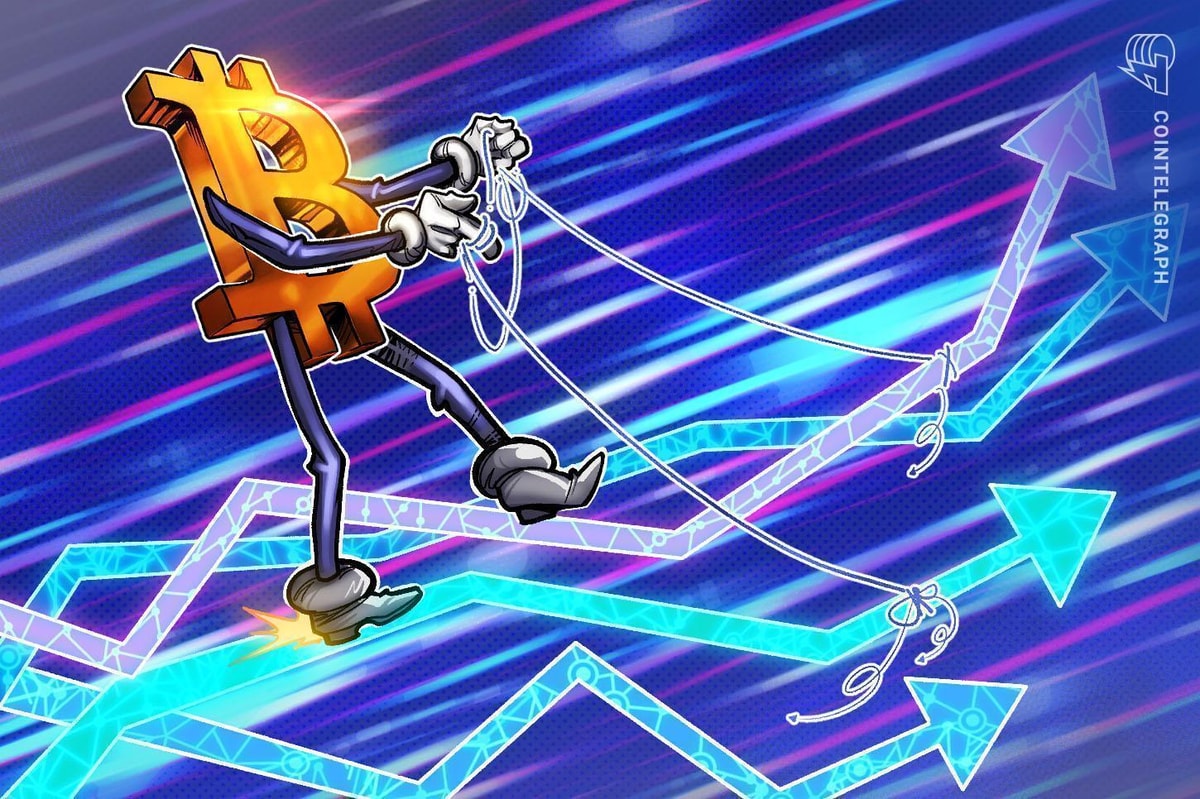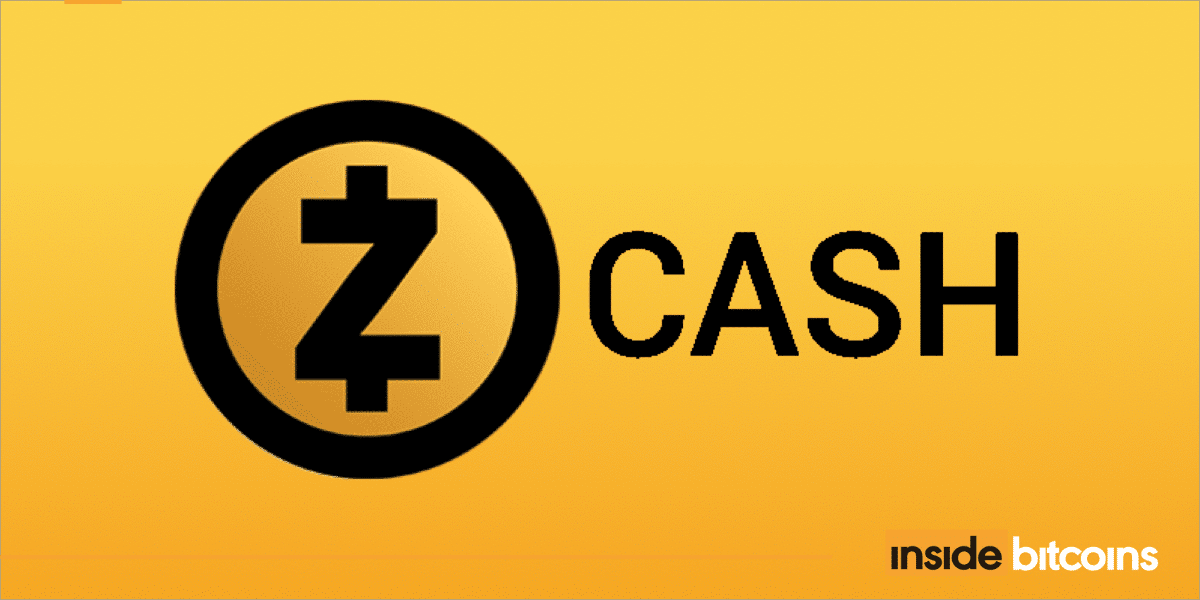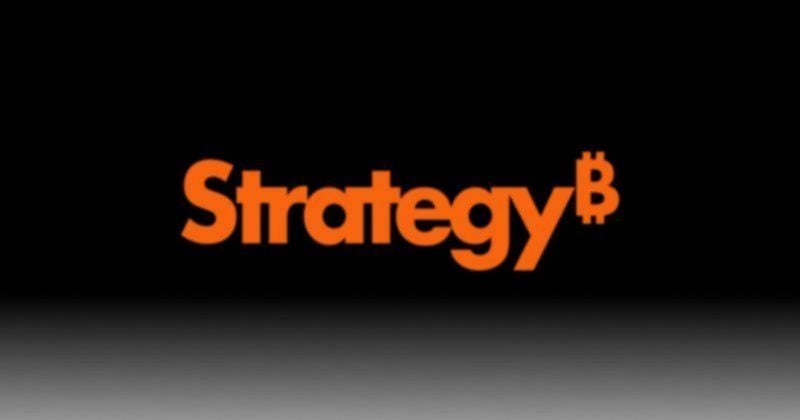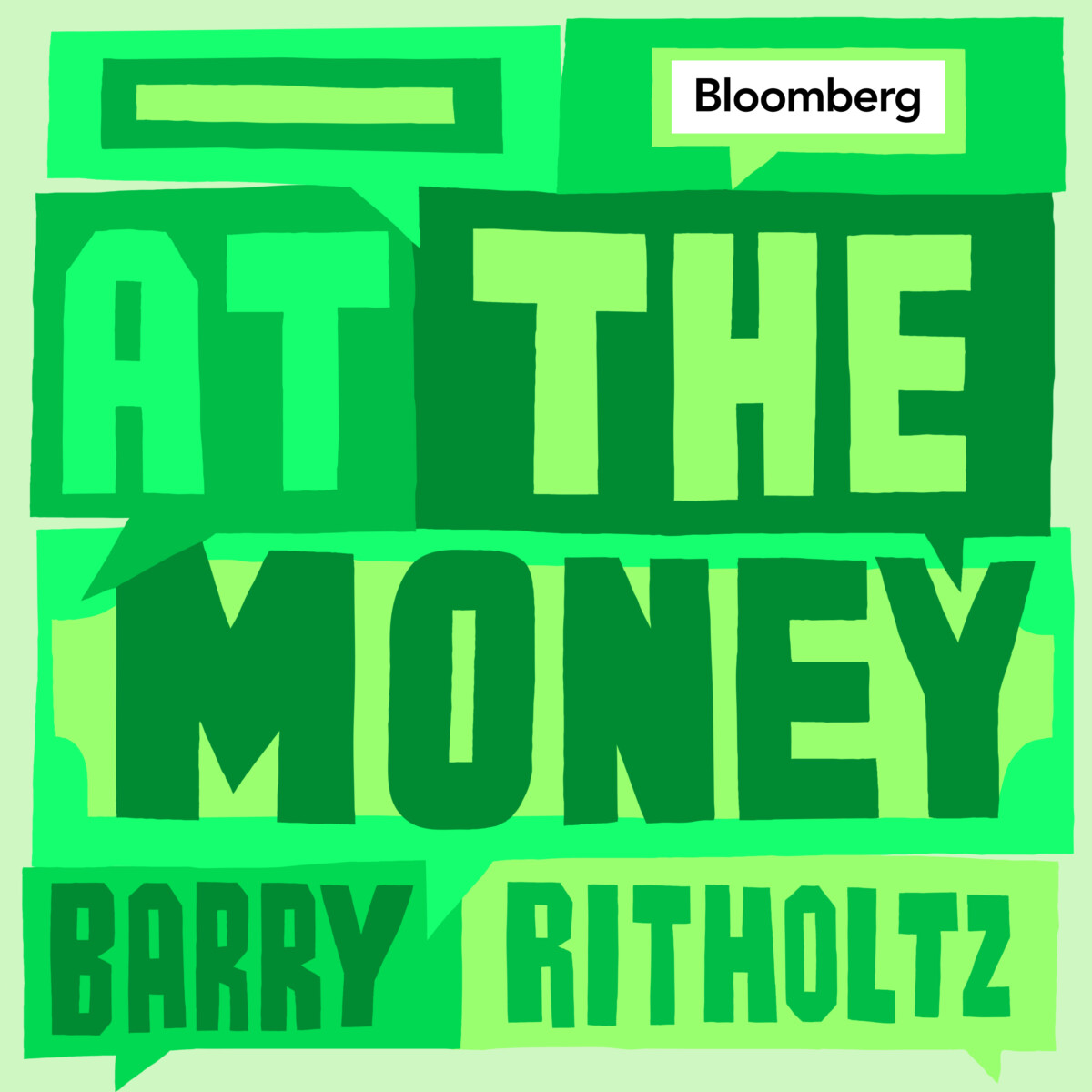Key Takeaways
- The European Union’s Markets in Crypto Assets (MiCA) regulation vote is being pushed back to April.
- The 400-page text reportedly needs to be translated into 24 languages, which is presenting issues.
- MiCA aims to combat money laundering in the crypto industry and ensure that stablecoin issuers have sufficient reserves.
Share this article
The European Union is having trouble quickly translating its proposed 400-page crypto legislation into all 24 official languages within the block; the hold-up is forcing it to push back voting by another two months.
400 Pages to Translate
The European Union keeps pushing back crypto regulation.
Members of the European Parliament will not be voting on the Markets in Crypto Assets (MiCA) regulation this February, as originally planned, but in April 2022, according to a report from Decrypt.
MiCA would present a major step towards establishing rules as to how digital assets and the crypto industry at large would be regulated across all 27 EU member countries.
This is the second time the legislation has been delayed. The vote was originally scheduled for December. The delays have reportedly been due to translation problems, as the 400-page document needs to be translated into all 24 official languages in the Union.
Among other things, MiCA seeks to impose regulations on crypto asset service providers and stablecoin issuers. Rigorous identity checks would be required of service providers in order to fight money laundering, sanctions evasion, and terrorist financing. Stablecoin issuers would also need to hold sufficient reserves to avoid another situation like Terra’s collapse.
MiCA also seeks to impose restrictions on dollar-denominated stablecoins like USDT and USDC; the regulation comes over concerns about preserving the euro’s sovereignty.
Crypto miners may also be forced to disclose their energy consumption, due to environmental concerns. The European Union recently decided against establishing a ban of Proof-of-Work protocols such as Bitcoin.
Disclaimer: At the time of writing, the author of this piece owned BTC, ETH, and several other crypto assets.
















